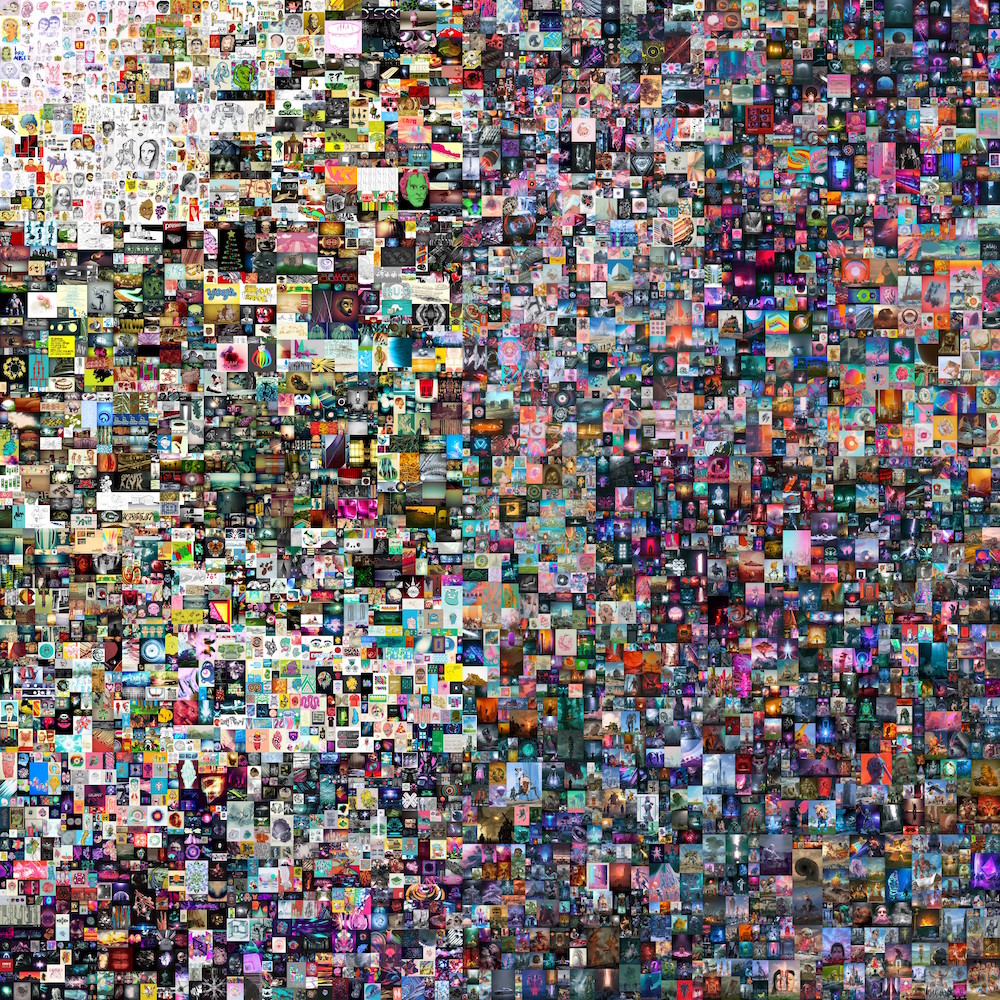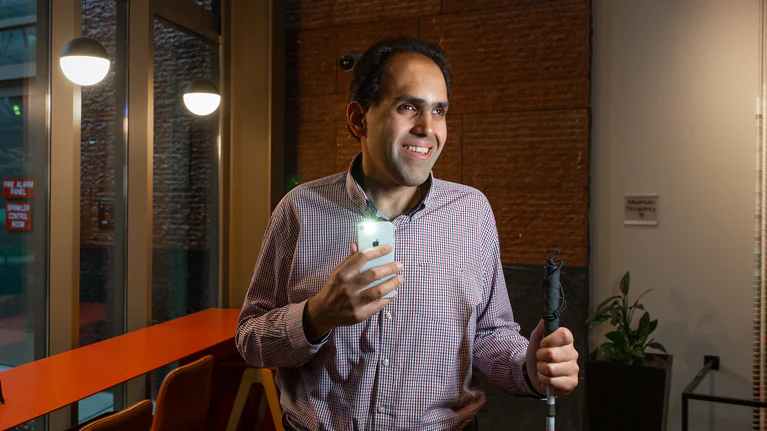Digital artist Beeple sold a piece at Christie’s in March 2021 for $69 million. His prints had never gone for more than $100 each the year before. It was not a print, though. It was a nonfungible token, or NFT.
Why does that matter? It indicates that even though anyone may copy a JPEG of Beeple’s work, only the purchaser actually owned it, following the digital paper trail. The difference between replication and ownership had a significant impact on the work’s value, and the artist quickly rose to the status of one of the richest artists in the world (Wilson, 2021).
However, fresh study indicates that Beeple’s success is a glaring exception. Researchers from the University of London examined the sale of 4.7 million NFTs, exchanged by more than 500,000 buyers and sellers, amounting to nearly $1 billion in transactions. The team of researchers included data scientist Matthieu Nadini and associate professor of mathematics Andrea Baronchelli. The main message is that while you might believe that nonfungible tokens are a booming industry for makers and collectors, the vast majority of NFTs can’t even get you a McDonald’s dinner (‘Non-fungible Tokens: Can We Predict the Price They’ll Sell For?’, n.d.).
75% of NFTs are sold for $15 or less, and only 1% are sold for more than $1,500. What’s worse? Mauro Martino, director of IBM’s Visual AI Lab, who presented the findings as a stunning collection of graphics, claims that the bulk of these works “don’t even sell, so they don’t enter our analyses.” “People merely spend money to create an NFT, and nothing more. Since so few people can make money in this market, it would be challenging to advise a friend who works in the arts to play [in this arena] and get wealthy with NFTs (Wilson, 2021).
The ‘NFT discussion’ is an interesting one, however, the fact that there is already a discussion, can often mean not so good news. It can go two ways; either there is something new that people don’t know about and so deters some criticism, or there is something new that deserves fundamental criticism for poor foundation. The latter seems to be the case here, do you think otherwise? I’m happy to enter the discussion.
References:
Non-fungible tokens: can we predict the price they’ll sell for? (n.d.). Retrieved 11 October 2022, from https://www.turing.ac.uk/blog/non-fungible-tokens-can-we-predict-price-theyll-sell
Wilson, M. (2021, November 11). Science proves it: Most NFTs are worthless. Retrieved 11 October 2022, from https://www.fastcompany.com/90695605/science-proves-it-most-nfts-are-worthless


